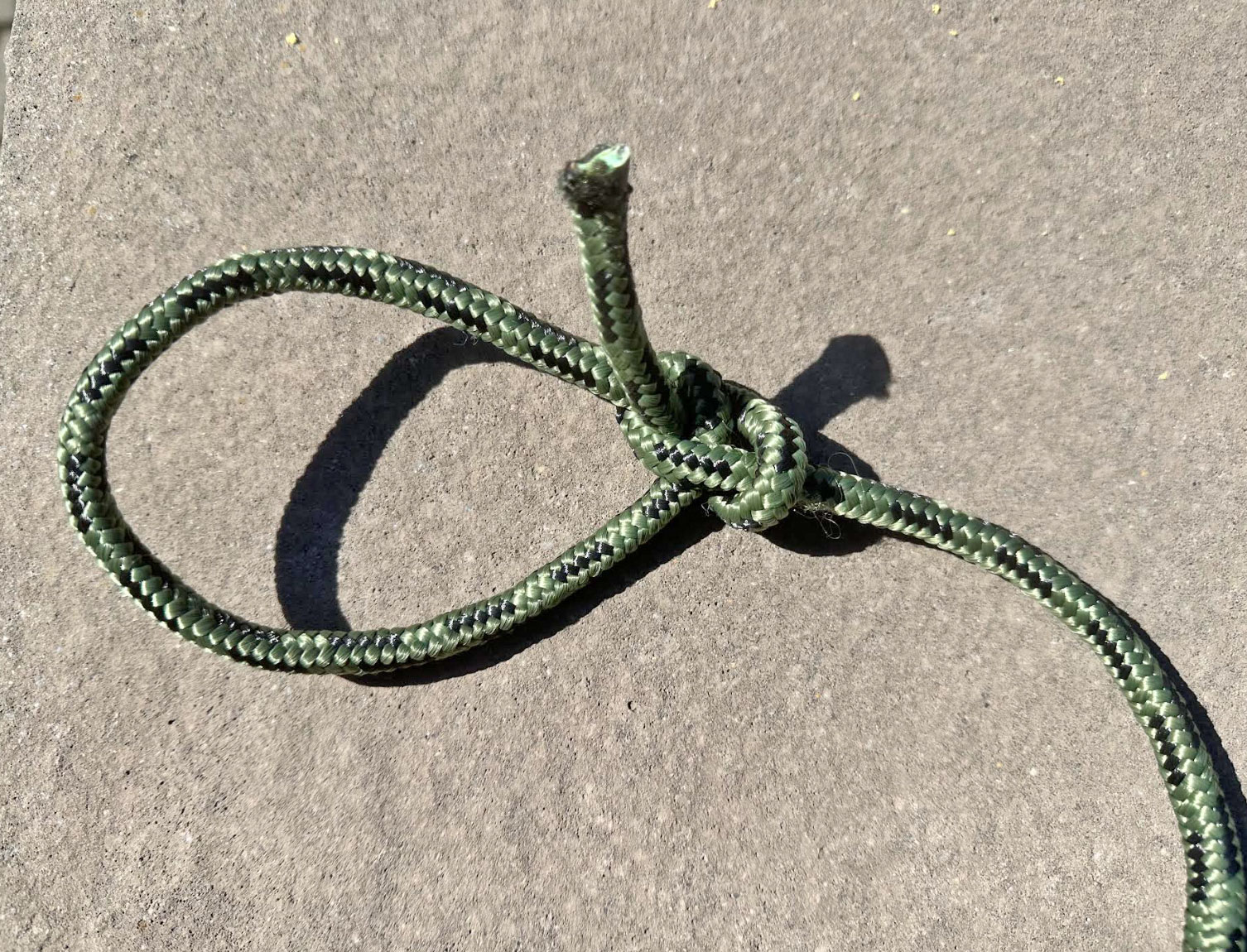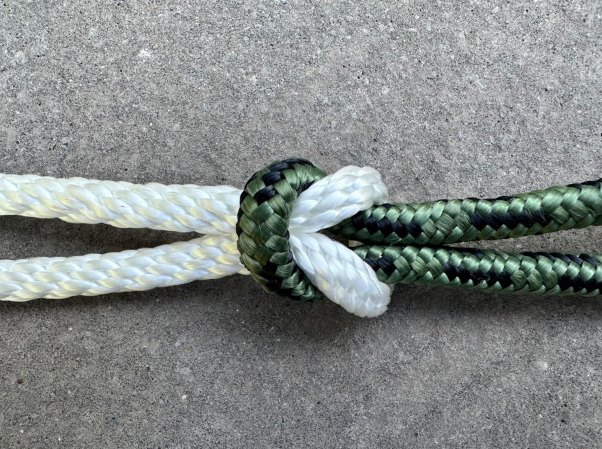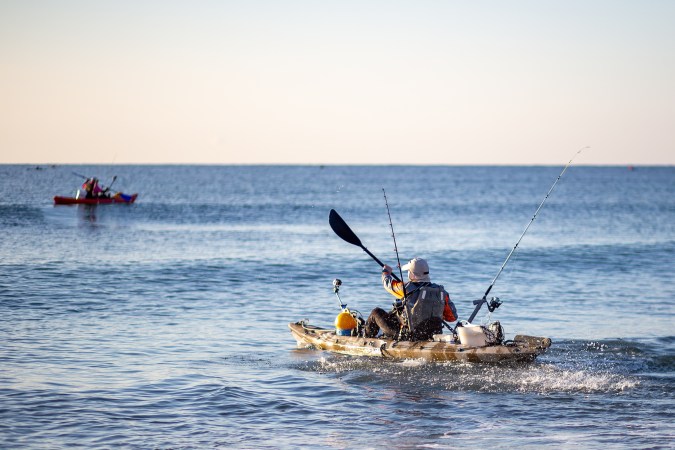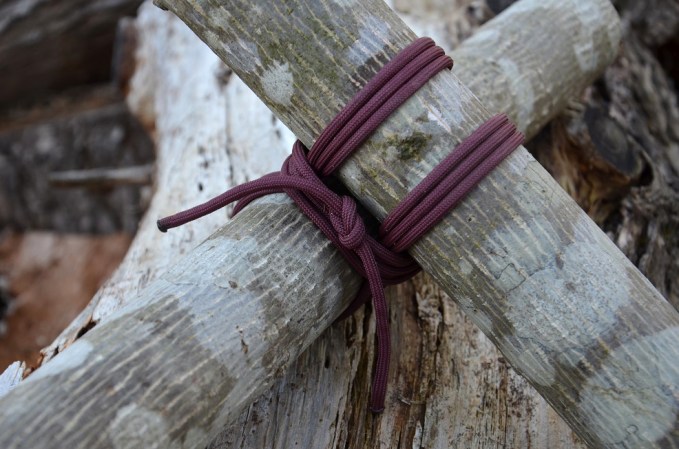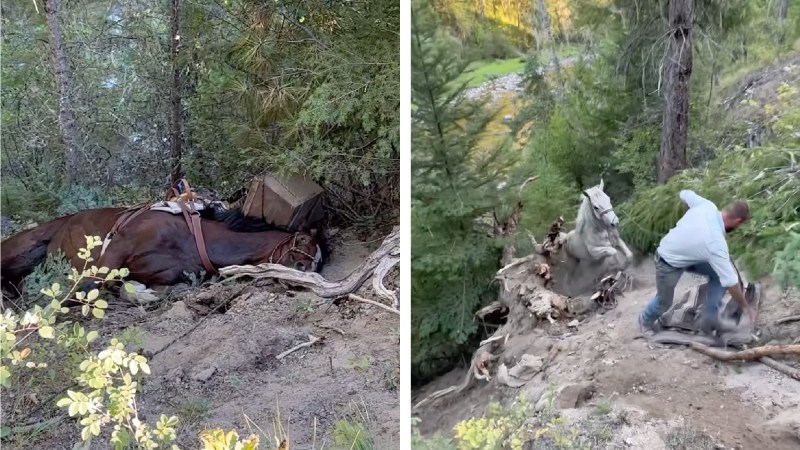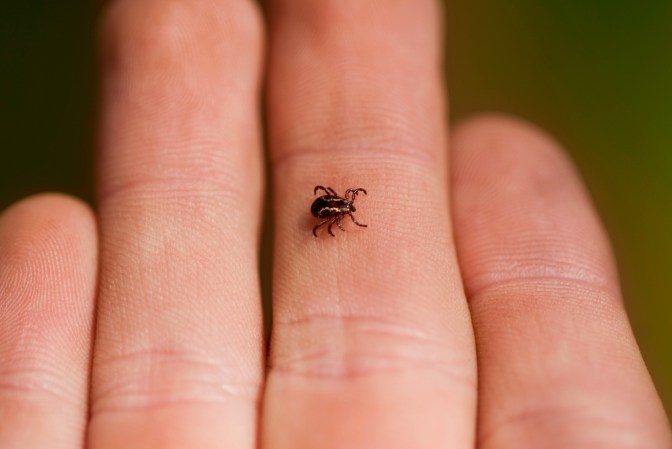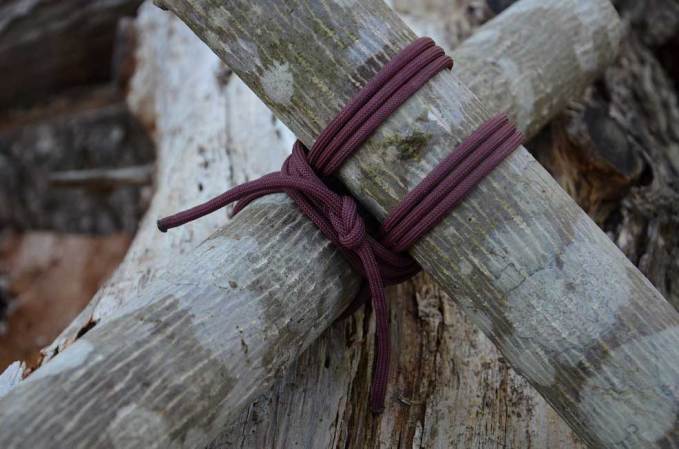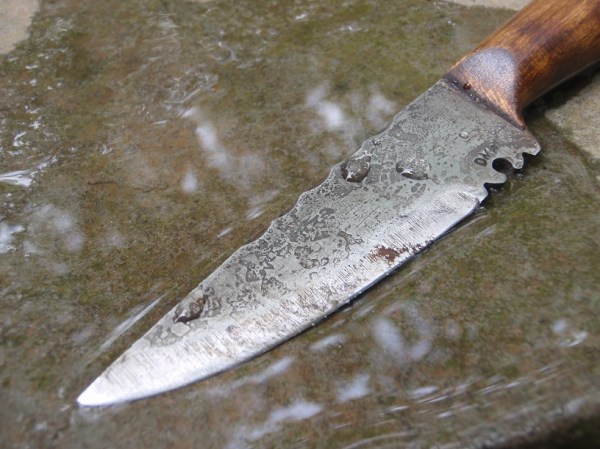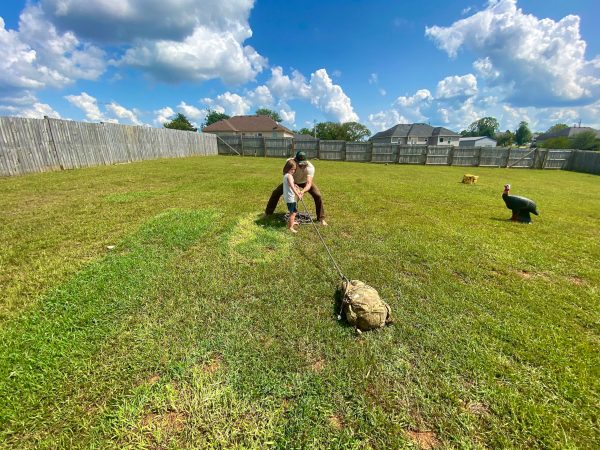The bowline is an ancient knot. It dates so far back historians can’t even pinpoint who tied it first, but what makes it so impressive is that it’s as important and useful today as it was to mariners, farmers, warriors, and hunters hundreds if not thousands of years ago.
So, why should you learn how to tie a bowline knot? Because if you spend enough time in the outdoors it’s almost a guarantee that at some point, you’ll need it for some minor or major task. That’s why the bowline is considered by many to be the most useful knot ever created.
Here’s what you should know about the bowline and how to tie it.
Understanding the Bowline
A bowline can be tied in cord, line, or string of any diameter, though it was designed for use with thicker ropes. It’s a loop knot, and the beauty of it is that it can be tied in seconds. It won’t slip under heavy strain when tied correctly. Even after it’s subjected to high tension, it can easily be undone. The bowline also allows you to create a loop of any size, which makes its applications practically innumerable.
You may need it to quickly secure your boat to a dock piling or stump when cleats aren’t available. You can use it in a pinch to drag an ATV stuck in the mud out with your truck. You may need it to help pull a buddy out of a ravine after a bad fall. Sound extreme? Of course it does, but the point is that the simple ability to create a loop in a length of rope that you can trust to bear a heavy load is something every outdoorsman should know. With fewer than 10 minutes of practice, you’ll be able to tie a bowline with your eyes closed.

How to Tie a Bowline Knot, Step by Step
- Create a small loop in the rope. How far this loop is positioned from the end of the rope will determine the size of the finished loop when the knot is complete. So, the bigger the loop you need, the more tag end you want below the small loop you’re making in this step. It’s always wise to give yourself a little more tag end than you think you need.
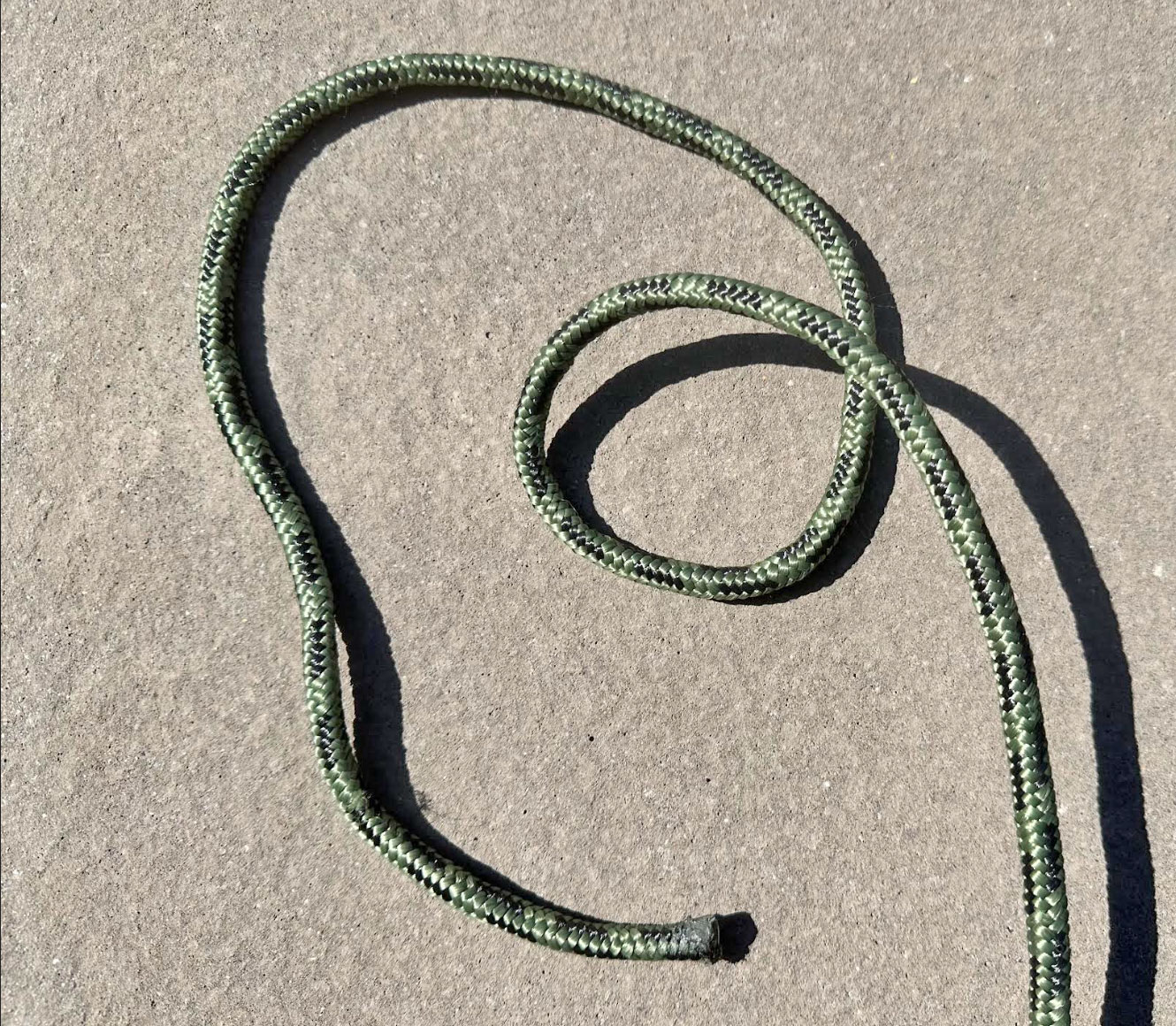
2. Pass the tag end of the rope through the loop you created in Step 1. This step will confirm the size of the loop created by the finished knot, so take note of the size of the main loop being formed.
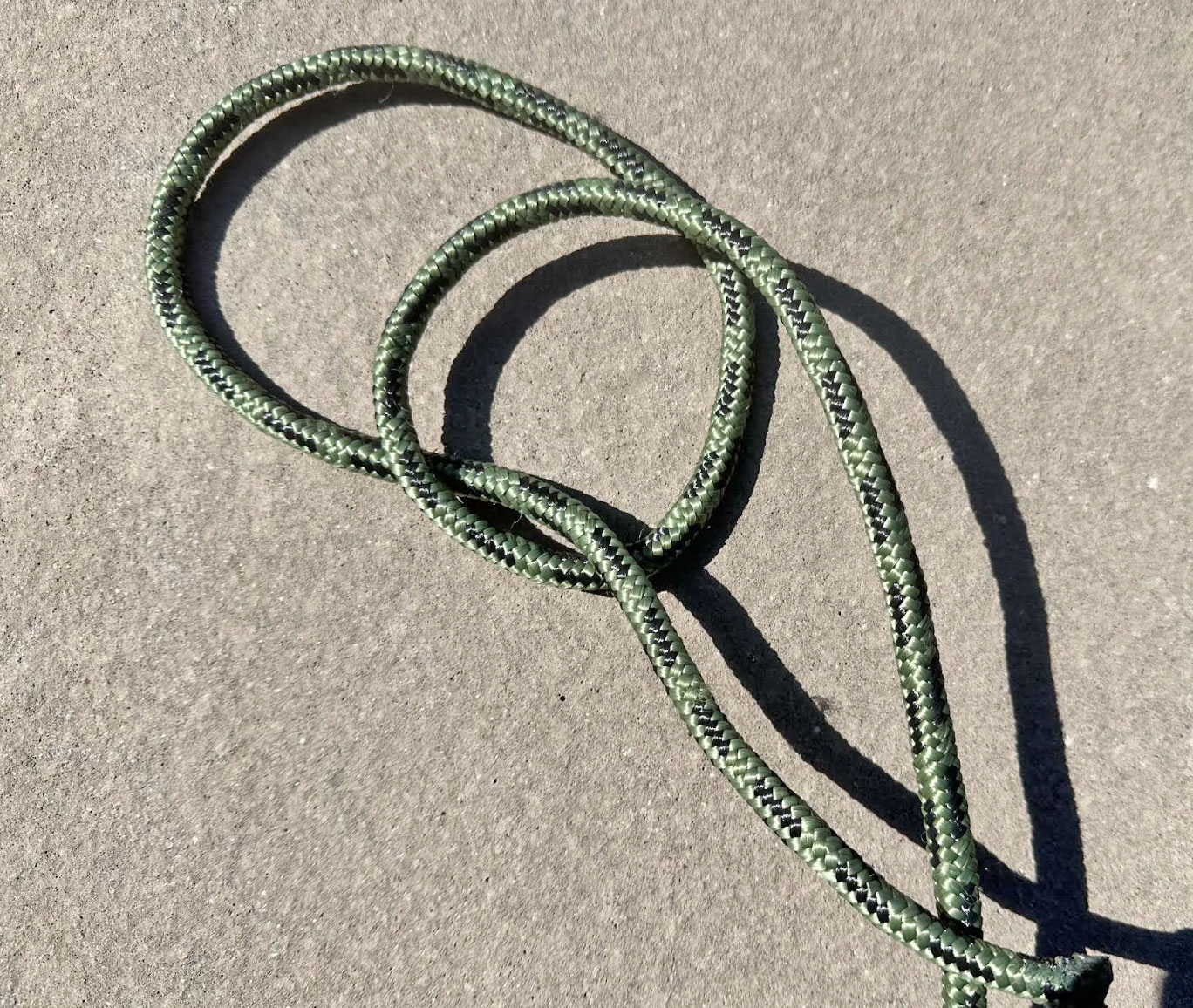
3. Pass the tag end behind the main line of the rope above the small loop created in the first step.
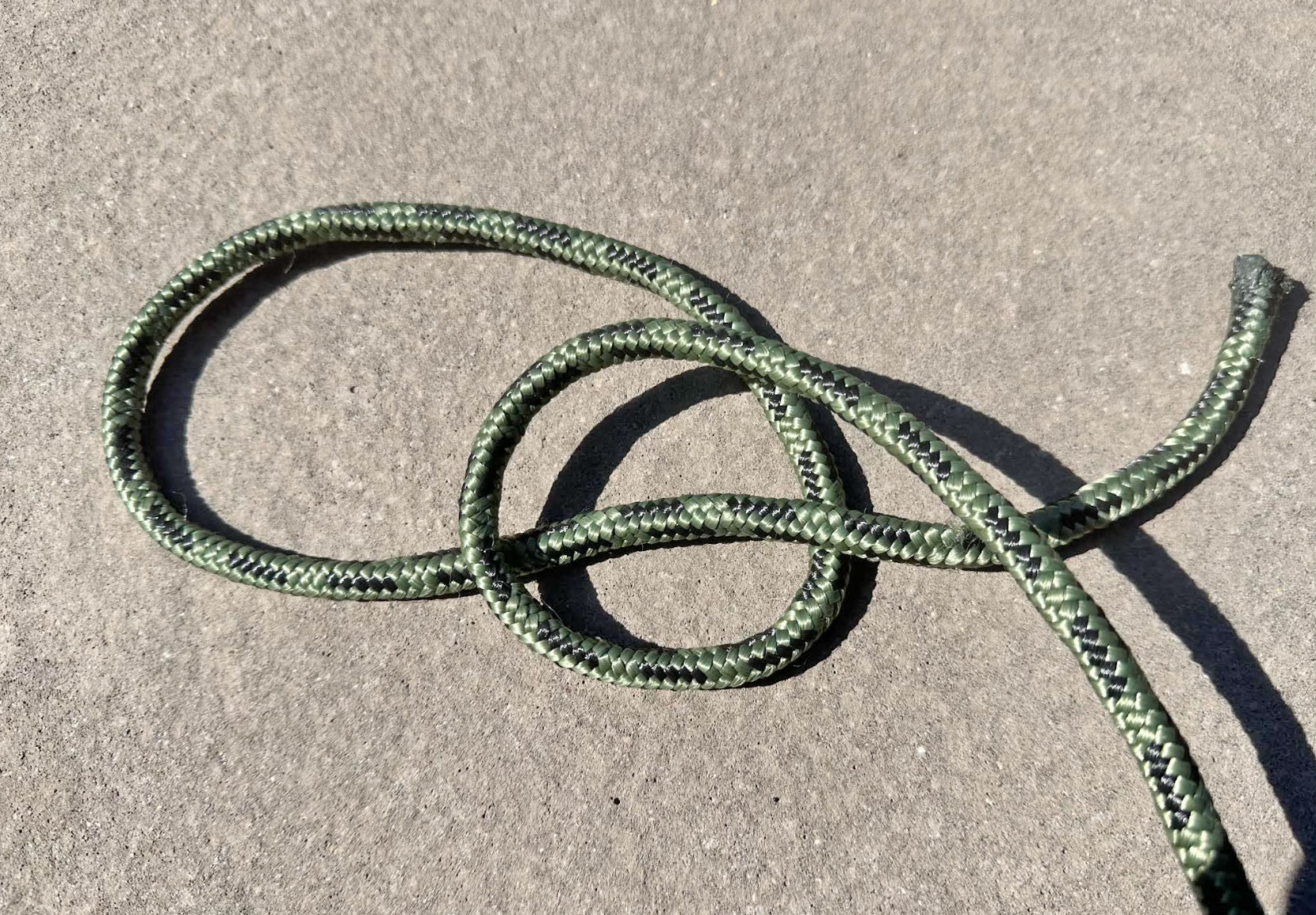
4. Pass the tag end back through the small loop created in Step 1. When it exits the small loop, the tag end should be positioned within the larger loop that’s been created.
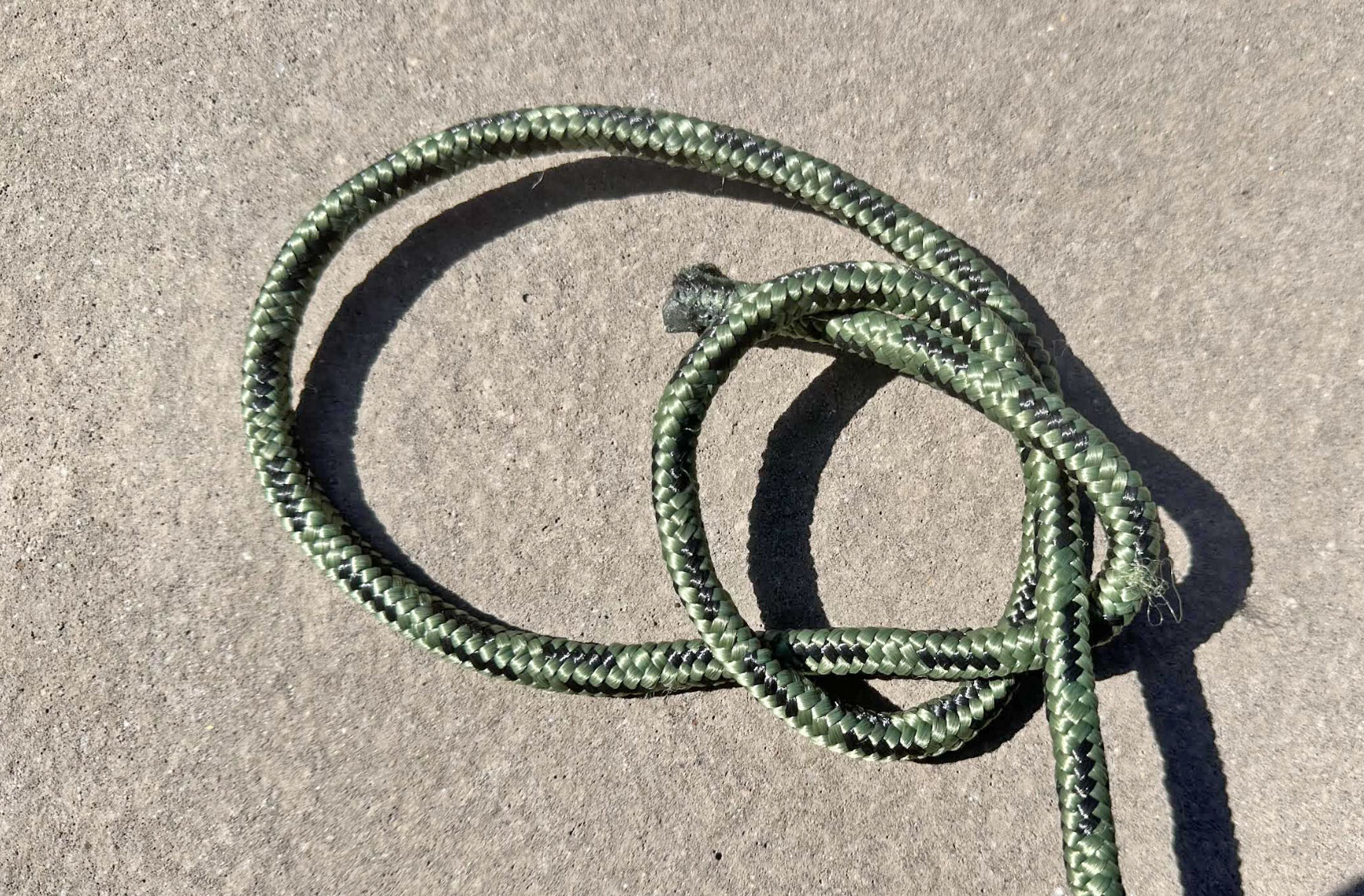
5. While holding the tag end and small loop in one hand, firmly pull the main line of the rope away from the knot with your other hand.
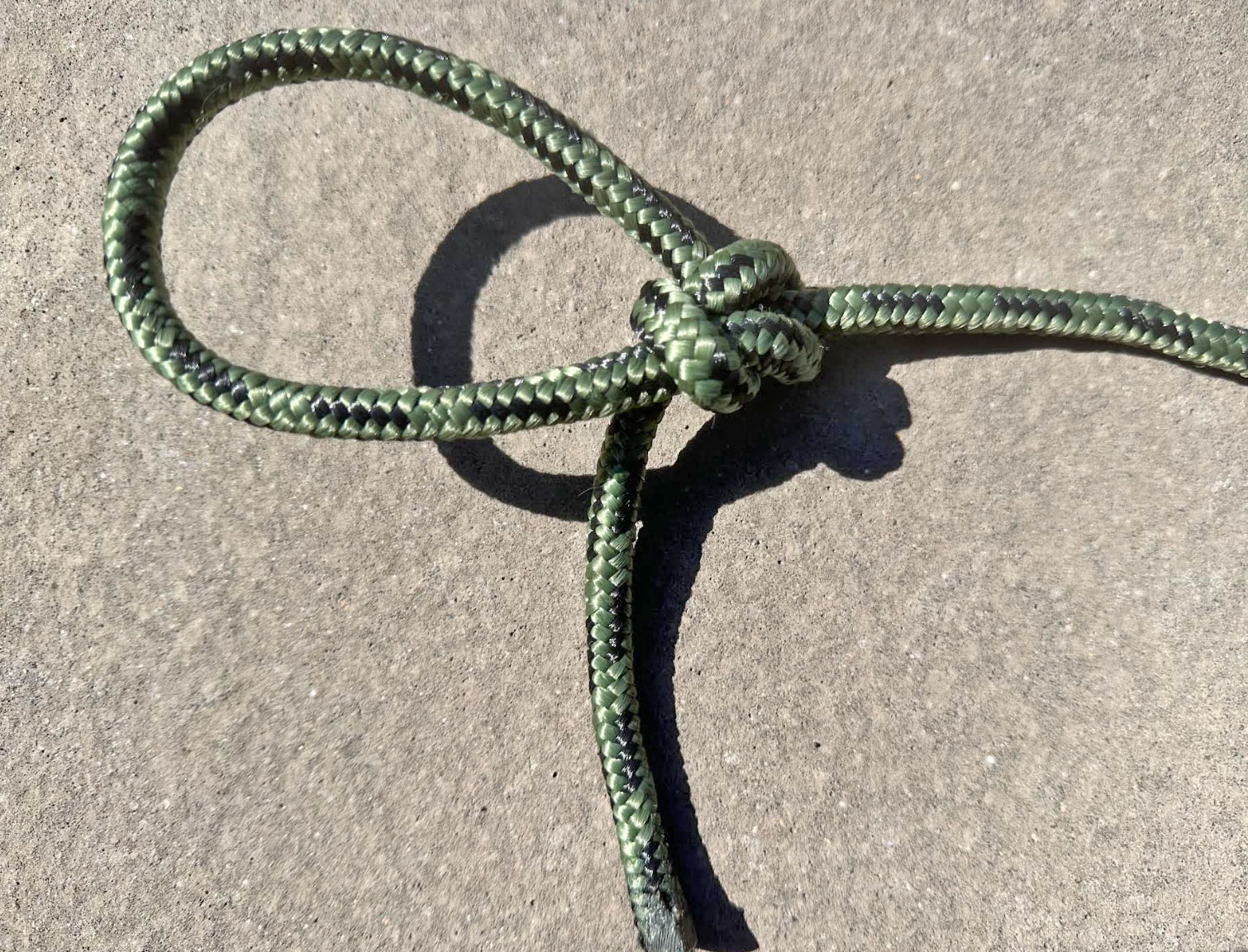
Tips for Tying the Bowline
One of the critical things to understand is that you don’t need to cinch a bowline incredibly tight by hand because, by design, it will get tighter and tighter as you put more force on it. So, if you were using it to secure a boat to a dock, as an example, every time the wind tried to blow the boat off the boat, the bowline would actually get more secure, not looser.
You can also tie the bowline around an object by threading the tag end of your rope around the object after making your first loop. See how to do this in the video below.

To untie the bowline you simply turn the knot over and push the mainline back into the knot which will loosen it and allow you to free your tag end quickly. See the video below.

Other Ways to Tie the Bowline
Though what I just described is the most common way to tie a bowline, if you want to get even faster at it, check out this video below.

It breaks down a slightly different method that’s used by sailors, as they often must put a bowline in a rope very quickly while at sea. In many sailing circles, the ability to tie knots like the bowline at lightning speed is a badge of honor (watch this boat captain tie the “flying bowline” here).

